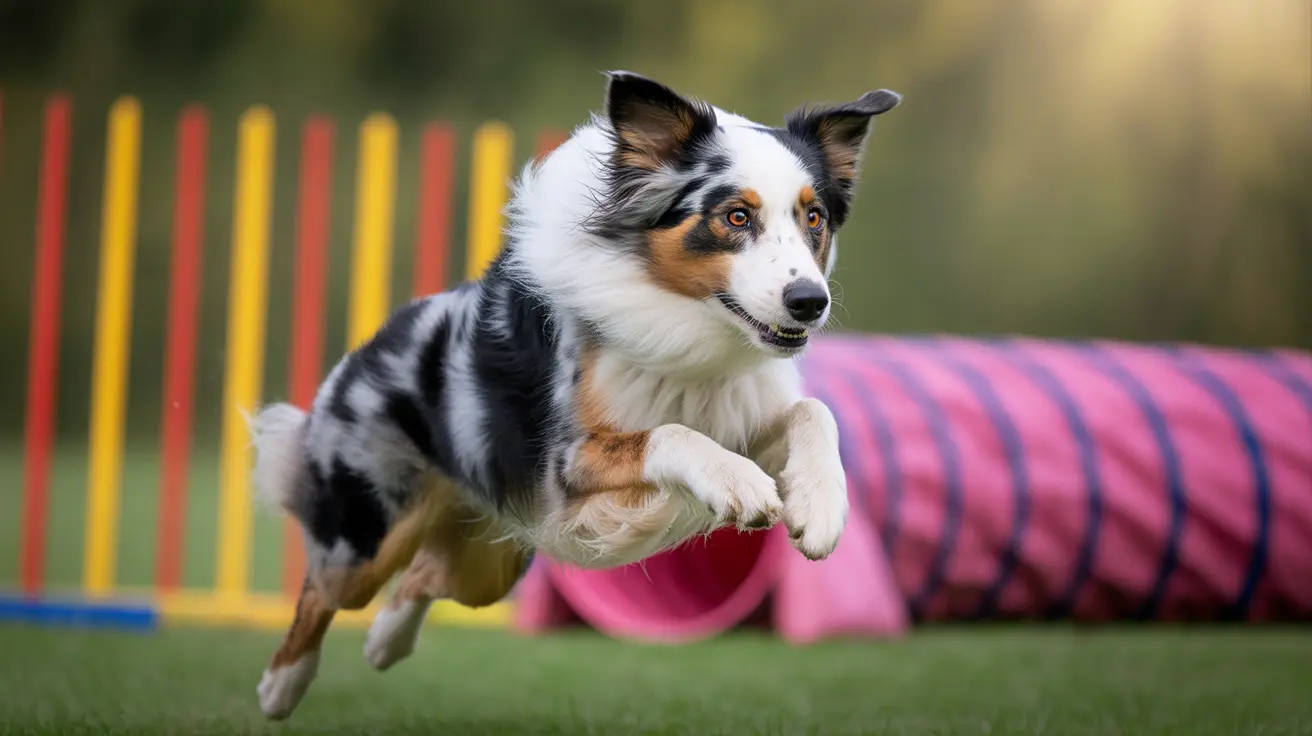Understanding the Skye Terrier: History, Traits, and Care
The Skye Terrier stands out among dog breeds for its unique appearance, storied history, and devoted personality. Originating on the rugged Isle of Skye in Scotland, this breed was once a formidable hunter of foxes and badgers. Today, it’s cherished for its companionship and rare status.
Appearance and Physical Characteristics
The Skye Terrier is instantly recognizable thanks to its long, flowing double coat, which comes in shades like black, blue, platinum, fawn, cream, or various grays—often accented with black on the ears, muzzle, and nose. A small white spot may appear on the chest. These dogs are low to the ground but quite long-bodied: they stand about 9 to 10 inches tall at the shoulder. Males typically weigh between 35–45 pounds (16–18 kg), while females are lighter at 25–31 pounds (12–14 kg). Their ears may be prick (upright) or drop (lying close to the head), adding to their distinctive look.
Temperament and Personality
If you’re seeking a dog that’s both affectionate and fiercely loyal, the Skye Terrier won’t disappoint. They form deep bonds with their owners but tend to be reserved or even aloof around strangers. Their courage is legendary—a holdover from their working terrier roots—and they can be strong-willed or stubborn. Early socialization helps them become more comfortable with new people or other dogs. Training should be consistent and positive; harsh correction can damage trust due to their sensitivity.
- Loyal and protective of family
- Aloof with unfamiliar people
- Playful but sometimes stubborn
Exercise Needs
Despite their energetic spirit, Skye Terriers don’t need excessive exercise. Short daily walks and play sessions are usually enough—they tire quickly because of their short legs. Vigorous activity should be avoided in puppies to protect their backs from injury. They enjoy activities like obedience training or nose work but are equally content with time spent relaxing alongside family.
Grooming Requirements
The breed’s beautiful coat demands regular care:
- Brush weekly with a soft or pin brush plus a comb to prevent mats.
- Bathe only occasionally; smooth shampoo over the coat gently.
- Keep nails trimmed and ears clean.
Their thick hair can hide skin problems or parasites—routine inspection is key.
Health Considerations
The Skye Terrier typically lives 12–15 years but faces some health risks:
- Intervertebral Disc Disease: Their long backs make them prone; avoid jumping/stairs for puppies.
- Hip/elbow dysplasia: Low-impact exercise is best.
- Certain eye conditions: Cataracts and progressive retinal atrophy may occur.
- Cancer: Hemangiosarcoma risk is higher in females (especially mammary cancer).
This breed can also experience autoimmune diseases, skin allergies, or luxating patellas. Regular veterinary check-ups and screenings help maintain health.
Diet and Nutrition
A balanced commercial or veterinarian-approved home-prepared diet suits the Skye Terrier well. Choose puppy/adult/senior formulas as appropriate for age. Treats should be limited to prevent obesity; puppies may need frequent meals to avoid hypoglycemia. Fresh water must always be available.
The Ideal Living Environment
This adaptable breed thrives in apartments or homes with yards—as long as they get enough exercise and attention. They dislike being left alone for long periods; interactive play keeps them happy. Supervise around small children or pets due to their terrier prey drive and caution with unfamiliar dogs.
A Rare Breed: Popularity & Rarity
The Skye Terrier was once beloved by British royalty—Queen Victoria included—but now ranks among the most endangered terriers worldwide. Changing ownership trends and an increase in designer breeds have contributed to declining numbers; they’re listed as vulnerable native breeds in the UK today.
A Glimpse into History
This breed dates back at least to the 1500s on Scotland’s Isle of Skye. Farmers relied on them for vermin control—their size, stamina, and weather-resistant coats made them ideal workers in harsh conditions. The American Kennel Club recognized them in 1887; remarkably little has changed about their appearance or temperament since then.
Famous Skye Terriers
- The most celebrated example is Greyfriars Bobby, who famously kept vigil at his owner’s gravesite in Edinburgh for 14 years—a story immortalized by statue as well as books and films.
Puppy Care Tips
- No jumping or stair climbing for young puppies—protect those backs!
- Provide slow, controlled exercise so bones/ligaments develop properly.
Behavioral Traits & Training Tips
- This alert breed barks readily to alert owners of anything unusual.
- Digging is common—it’s part of their working heritage!
Their intelligence means they learn quickly but may test boundaries if bored or unchallenged—patience pays off during training sessions. Early socialization helps ensure they’re confident companions rather than wary loners around new people or animals.
The Essence of a Skye Terrier
If you want a small but robust dog with a striking look—and you’re ready for moderate grooming plus careful management of exercise—the Skye Terrier could be your perfect match. Though rare today, this breed’s rich history and steadfast devotion make it an unforgettable companion for those who appreciate its quirks and charm.





